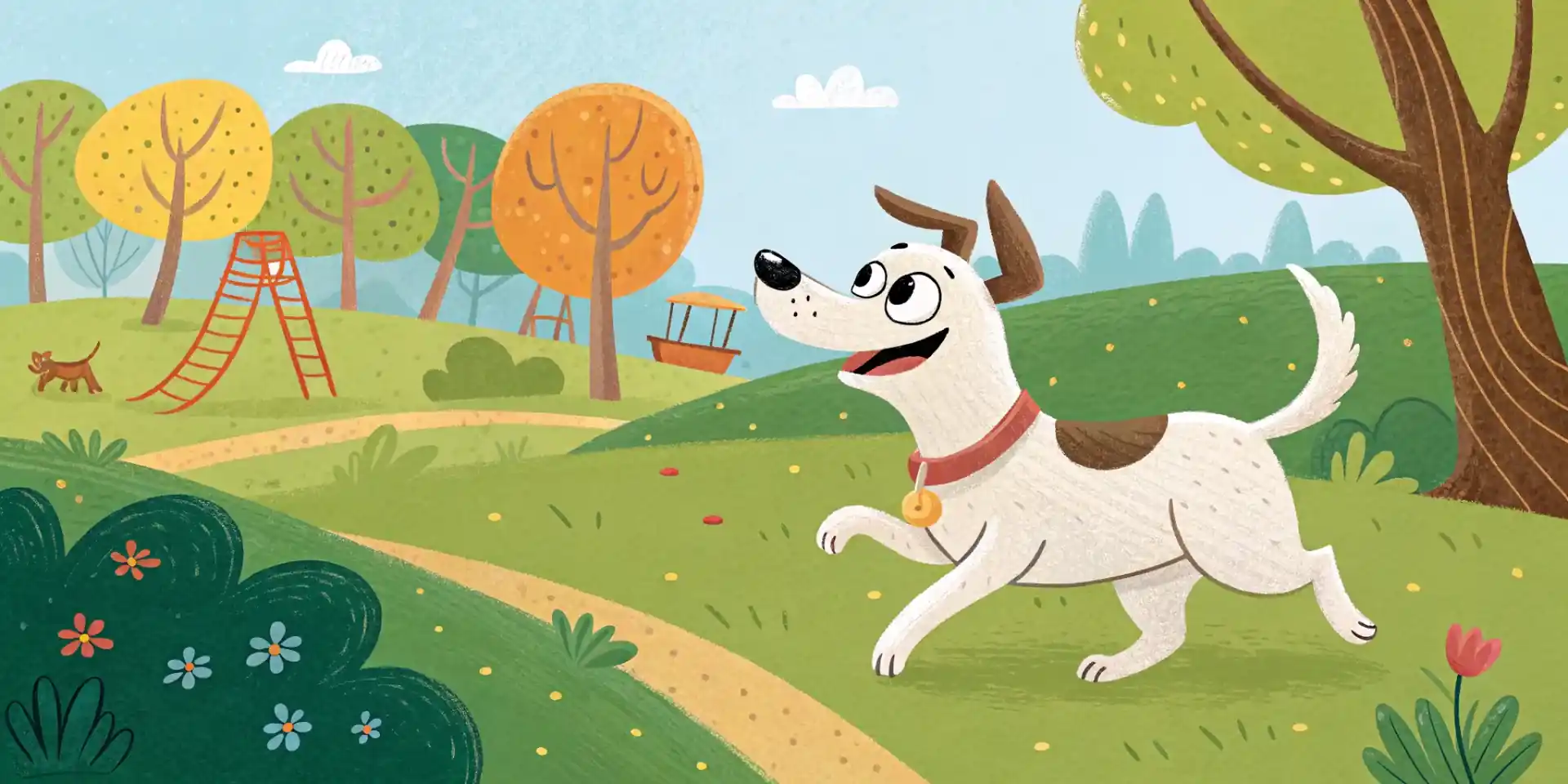
Stop Pet Problems: Barking & Jumping Solutions
Stop annoying pet barking & jumping! Get easy solutions for common behavior problems & a happier home.
Maintaining Good Behavior: Addressing Common Issues Like Barking or Jumping
Bringing a pet into your home is one of life’s greatest joys. The unconditional love, the playful antics, the furry cuddles – it’s all wonderful! But let’s be honest: even the most adorable companion can develop behaviors that are, shall we say, less than ideal. Constant barking, enthusiastic (and sometimes painful!) jumping, chewing everything in sight… these are common challenges faced by many pet owners.
The good news is that with patience, consistency, and the right techniques, you can address these issues and help your furry friend become a well-behaved member of the family. This isn’t just about stopping unwanted behaviors; it’s about strengthening your bond and ensuring your pet’s happiness and well-being. So, let’s dive into some practical strategies for tackling common behavioral problems.
Understanding the “Why” Behind the Woof (and the Jump)
Before you can correct a behavior, it’s crucial to understand its root cause. Is your dog barking incessantly at the mail carrier because they’re territorial, bored, or anxious? Is your cat scratching the furniture because they need to sharpen their claws or are feeling stressed? Identifying the motivation behind the behavior is the first step towards finding an effective solution.
For example, if your dog is barking at the mail carrier every day, it may be that they have separation anxiety and destructive chewing problems. This means they are experiencing high levels of stress when left alone. Addressing this means dealing with their anxiety, not just punishing them for barking.
In my experience, a lot of behavioral issues stem from a lack of enrichment and exercise. A bored dog is a destructive dog, and a pent-up cat is a jumpy cat! Make sure your pet is getting enough physical and mental stimulation throughout the day.
 Image: A golden retriever puppy receiving a treat during positive reinforcement training.
Image: A golden retriever puppy receiving a treat during positive reinforcement training.
Taming the Bark: Addressing Excessive Barking
Barking is a natural form of communication for dogs. However, excessive barking can be disruptive and frustrating. Here are some common causes and solutions:
- Territorial Barking: Your dog is protecting their territory from perceived threats. Try limiting their view of the outside world by covering windows or using opaque film.
- Attention-Seeking Barking: Your dog has learned that barking gets them attention (even negative attention!). Ignore the barking and only reward them when they are quiet. Teach them a “quiet” command.
- Boredom/Anxiety Barking: As mentioned earlier, lack of stimulation can lead to excessive barking. Increase exercise, provide puzzle toys, and consider crate training to provide a safe and secure space.
Sometimes, the best dog breed for apartment living may not be one that barks a lot, depending on the noise restrictions where you live.
Key Tip: Never yell at your dog for barking. This will only escalate the situation and make them more anxious.
Ground Control: Curbing Jumping Behaviors
Jumping is another common behavior that can be problematic, especially with larger dogs. While your pet may be jumping out of excitement and affection, it can be dangerous for children, elderly individuals, or anyone with mobility issues.
Here are some strategies for curbing jumping:
- Ignore the Jumping: Turn your back and avoid eye contact when your dog jumps. Only give them attention when all four paws are on the ground.
- Teach an Alternative Behavior: Train your dog to sit or perform another command when greeting people. Reward them for doing so.
- Manage the Environment: If you know your dog is prone to jumping, keep them on a leash when guests arrive.
I believe that consistent training classes for dogs are essential, especially in cases where jumping is a persistent issue. A professional trainer can provide personalized guidance and help you develop a tailored training plan.
 Image: A person rewarding a dog with a treat for sitting on command during a training session.
Image: A person rewarding a dog with a treat for sitting on command during a training session.
The Power of Positive Reinforcement
No matter what behavioral issue you’re tackling, positive reinforcement is the key to success. This means rewarding your pet for good behavior and ignoring or redirecting unwanted behavior. Treats, praise, toys, and affection can all be used as positive reinforcers.
Avoid punishment-based training methods. These methods can damage your relationship with your pet, create fear and anxiety, and often lead to more behavioral problems in the long run. Remember, you want your pet to want to behave well, not fear the consequences of misbehaving.
Seeking Professional Help
If you’re struggling to address your pet’s behavioral issues on your own, don’t hesitate to seek professional help. A certified professional dog trainer or veterinary behaviorist can provide a thorough assessment of your pet’s behavior and develop a customized treatment plan.
 Image: A veterinarian examining a dog on an examination table.
Image: A veterinarian examining a dog on an examination table.
When to call a professional:
- The behavior is sudden or unexplained.
- The behavior is causing harm to your pet or others.
- You’ve tried various training techniques without success.
- You suspect a medical condition may be contributing to the behavior.
Long-Term Success: Consistency and Patience
Addressing behavioral issues takes time and patience. Don’t expect overnight results. Be consistent with your training efforts, and celebrate small victories along the way. Remember, you’re building a stronger bond with your pet and creating a happier, healthier relationship for both of you. This includes crate training for anxious dogs, and providing a safe place for them.
 Image: A happy dog running and playing in a park.
Image: A happy dog running and playing in a park.
By understanding the root causes of unwanted behaviors, implementing positive reinforcement techniques, and seeking professional help when needed, you can successfully address common issues like barking and jumping and enjoy a well-behaved and loving companion for years to come. Good luck!


